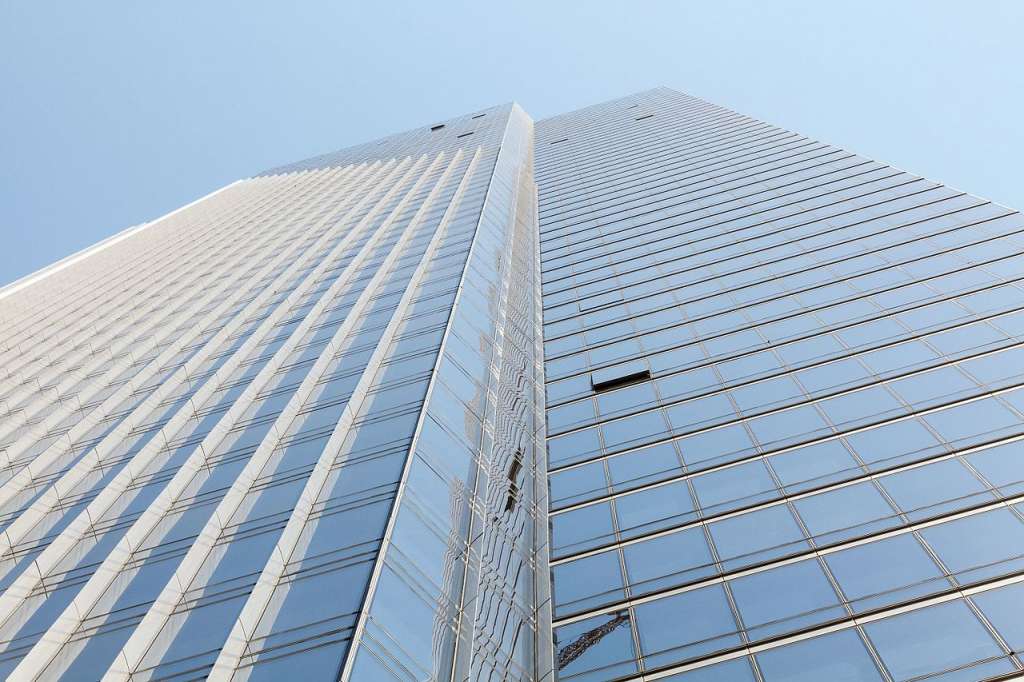San Francisco's Millennium Tower is sinking, according to satellite imagery released by The European Space Agency. The 58-story condominium building located in the South of Market district has sunk 16 inches and is tilting six inches northwest in the middle of an earthquake zone.
Residents of Millennium Tower have broadcasted their fury and stressed their insecurity, particularly since they were assured that they were rock safe when they were handed their keys upon move-in, ABC News reported. Christopher Jeffries, a founding partner of Millennium Partners, tossed the blame to the tower's neighbor, the $6 billion Transbay Transit Center, which dewatered the soil to house its multiple bus and rail stations. Jeffries graphically compared that behavior to “somebody [building] a giant train tunnel immediately adjacent to the property and then [pumping] water out from underneath the building," according to NBC.
Engineers have estimated the building is sinking at a rate of about one inch per year, however, the European Space Agency released detailed data from satellite imagery that showed almost double that rate, based on imagery collected from April 2015 to September 2016.
The real question, which few seem to consider, is would the building withstand an earthquake? Or would it slice clean in the middle and shatter to the sidewalk, as its counterparts in New York City did when two passenger airlines shaved their tops.
Engineers have developed San Francisco for seismic safety. Its taller structures are more resilient to quakes. They're more flexible, so less energy is required to keep them from toppling or collapsing when the earth's shaking makes them sway. Engineers have also reinforced skyscrapers with special material, usually wood, stone, or concrete. They have trussed them to support against vertical and horizontal forces and buffered their base with base isolators, which isolate the structure's base from the earth's movements.
Engineers are also recommended to test the structure's location. The ground below a structure can be as important a safety consideration as its construction. Bedrock absorbs more energy than sandy soils or landfills, so buildings on solid rock will be much less affected than those built on softer soils. And if softer soils have water in them, they can become a little like quicksand during an earthquake. Buildings on top of liquefied soil sink, and often, topple.
The Millennium Tower has no problems when it comes to height. With 58 floors, it towers 627 feet above San Francisco. Engineers buffered it with concrete. In fact, towers are the largest reinforced concrete building in the western United States.
The Transbay Joint Powers Authority (TJPA) attributes the tower's tilting and sinking to the fact that the Millennium Tower was not built on bedrock, but rather on clay and sand, which is why the TJPA dewatered it. The government transportation and housing project maintains that "the tilt and most of the vertical settlement of the Millennium Tower occurred before the TJPA started any underground work or dewatering."
Millennium Partners notes that there is no city requirement to build on bedrock and that other buildings nearby are not built on bedrock.
In 2009, Millennium Tower received nine awards for structural excellence.
Image courtesy of Wikimedia Commons / video courtesy of ABC News






